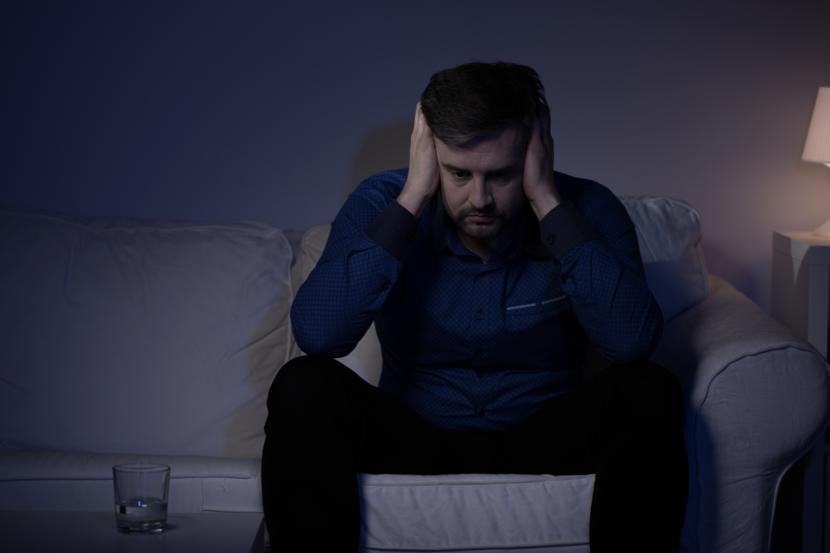

10, 11 confirmed that insomnia is associated with hallucinatory experiences in a number of non-clinical samples (N = 8525 in 2000 N = 7403 in 2007 N = 1403 in 2016). Previous studies in non-clinical populations showed a link between poor sleep and the occurrence of hallucinations 10, 11, 12. Poor sleep is not only prevalent among people with psychiatric or neurodegenerative disorders 8, it is also a very common health issue in the general population 9. 7 showed that REM-sleep disorders predisposes individuals with neurodegenerative dementias to hallucinations.

In line with this finding, Sinforiani et al. In the context of Parkinson’s disease, visual hallucinations tend to co-occur with sleep disturbances such as nightly awakenings and reduced REM-sleep time 6. With regard to hallucinations in the context of psychiatric disorders, a study in patients with schizophrenia showed that disturbed sleep predicted higher severity of next-day auditory hallucinations 5. An important factor that has often been associated with hallucinations is poor sleep 4. Looking at hallucinations in the general population helps to understand such underlying mechanisms, as confounding factors such as medication and hospitalization are largely absent. Clinical and non-clinical hallucinations have been reported to differ, but may share similar underlying mechanisms 3. We conclude that sleep hygiene measures could have a large positive impact on individuals whose fragmented sleep underlies the occurrence of bothersome hallucinations.Īlthough the occurrence of hallucinations has typically been associated with psychosis, it is now commonly known as a transdiagnostic phenomenon that is also prevalent among non-clinical individuals 1, with prevalences of non-clinical hallucinations reported to range between 5–15%, depending on age 2.

Finally, compared to poor sleep, good sleep quality is associated with hallucinations that are less negative and disruptive. Third, our results show that fragmented sleep not only relates to the occurrence, but also to the content, frequency, duration, and associated distress of hallucinations. Second, we show that this is the case for hallucinations across the auditory, visual, olfactory, and tactile domains. First, we show that particularly fragmented sleep relates to the occurrence of hallucinations. Our results confirm previous studies in showing that poor sleep is associated with the occurrence of hallucinations, and extend previous results on a number of aspects. Based on community-based cluster analysis, four groups could be distinguished that differed in terms of sleep quality. This study investigates sleep quality and its relation to prevalence, type, content, and phenomenology of hallucinations, using an online survey in a large population sample (n = 10,299). Although previous studies reported a link between sleep problems and the occurrence of hallucinations, more detailed information is needed to translate this association into clinical practice.


 0 kommentar(er)
0 kommentar(er)
